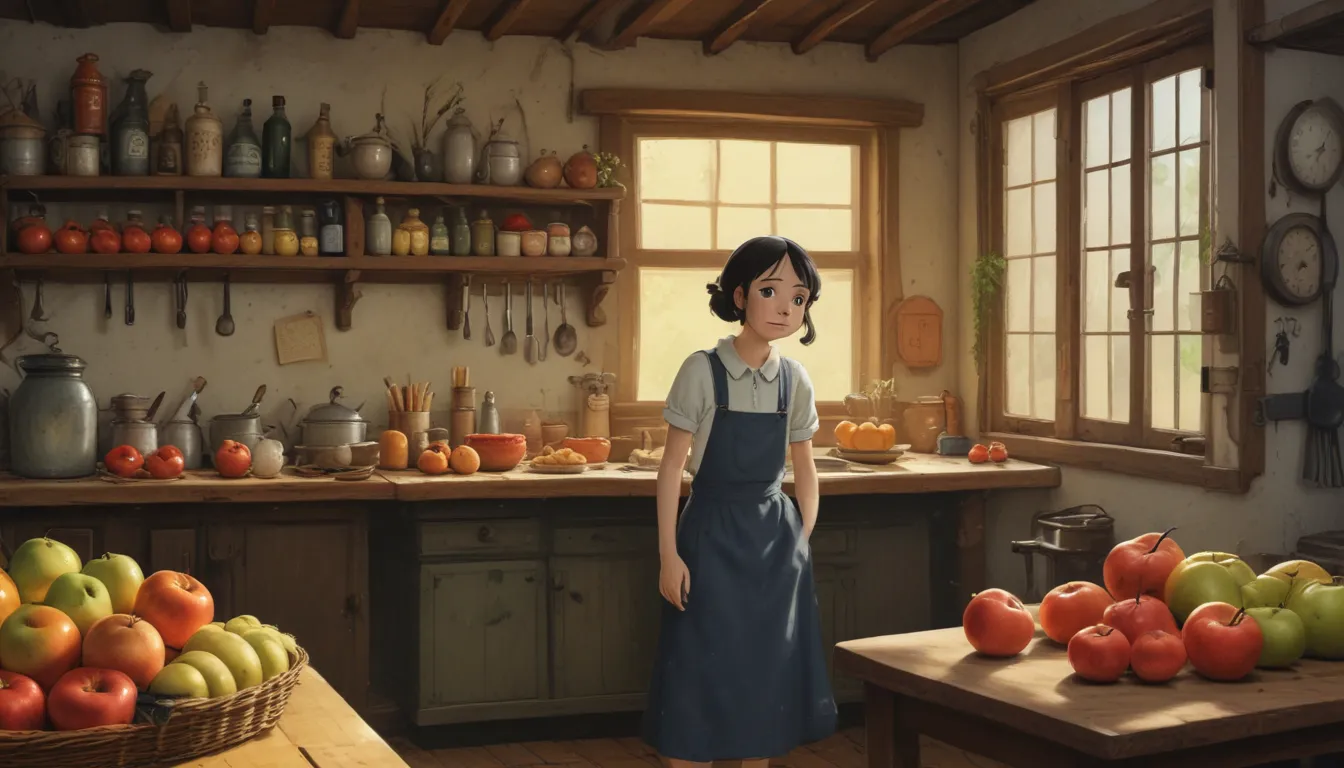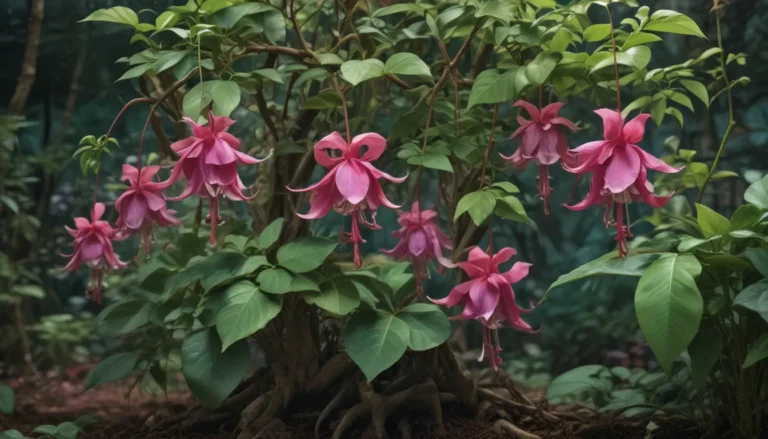Everything You Need to Know About Sooty Blotch and Flyspeck on Apples

Imagine the disappointment of inspecting your fruit trees, only to discover unsightly sooty blotches covering your apples or specks resembling fly excreta. It’s a common issue that many gardeners face, leaving them worried about the health of their fruit.
But fear not! These blemishes are purely cosmetic and won’t affect the taste of your apples. In fact, you can easily rub off many of these imperfections, just like buffing out a scratch on your car.
What Are Sooty Blotch and Flyspeck?
Before we delve into how to deal with these pesky problems, let’s understand what causes them. Sooty blotch is caused by various fungi, while flyspeck is a result of the Zygophiala jamaicensis fungus. Although they stem from different sources, they often appear together on fruit and are managed in the same way.
Flyspeck appears as clusters of shiny black dots, while sooty blotch presents as dark, smudgy blotches on the fruit. While flyspeck is relatively inconspicuous, sooty blotch can be more visually alarming, especially on light-colored apples.
The Insidious Disease Process
Sooty blotch and flyspeck thrive in cool, damp conditions. Dark and shady environments inside your tree make it more susceptible to these diseases, particularly during wet weather.
These infections typically arise post-petal fall, with cool springs and rainy summers exacerbating the problem. Sooty blotch often starts on apple twigs, with fungal fragments spreading to the fruit, resulting in the unsightly blotches.
Rub Your Fruit Like a Genie
Fortunately, these diseases are superficial, and you can often rub them off your apples. While they may not look picture-perfect, your harvest will still be edible. For stubborn spots, a gentle bleach solution can help restore their appearance.
Cultural Control Methods
To prevent sooty blotch and flyspeck, consider implementing these cultural control measures:
-
Manage Brambles: These fungi thrive on various hosts, including berries. Preventative measures include removing wild bramble patches to reduce disease spread.
-
Prune: Regular tree pruning aids in faster drying of fruit and efficient fungicide application.
-
Mow: Keep grass around the trees short to facilitate drying and reduce fungal susceptibility.
-
Thinning: Removing excess fruit clusters allows better air circulation, discouraging fungal growth and improving fruit quality.
Fungicides You Can Use
For more severe infestations, consider using commercial fungicides. Some “reduced risk” options like kresoxim methyl and trifloxystrobin are effective against both sooty blotch and flyspeck. Apply these fungicides post-petal fall at regular intervals for optimal control.
Banishing These Hideous Diseases
While sooty blotch and flyspeck may look alarming, they don’t compromise the quality of your fruit. Focus on prevention with cultural methods and utilize fungicides as needed to maintain healthy, blemish-free apples.
Have you dealt with sooty blotch and flyspeck on your apple trees? Share your experiences and tips in the comments below.
For more apple tree disease insights, check out these other helpful guides:
- How to Identify, Prevent, and Control Cedar Apple Rust
- How to Prevent and Control Powdery Mildew on Apple Trees
- How to Identify and Control Apple Black Rot and Frogeye Leaf Spot
Don’t let unsightly blemishes ruin your apple harvest. By understanding and combating sooty blotch and flyspeck, you can enjoy a plentiful crop of healthy, beautiful apples!





